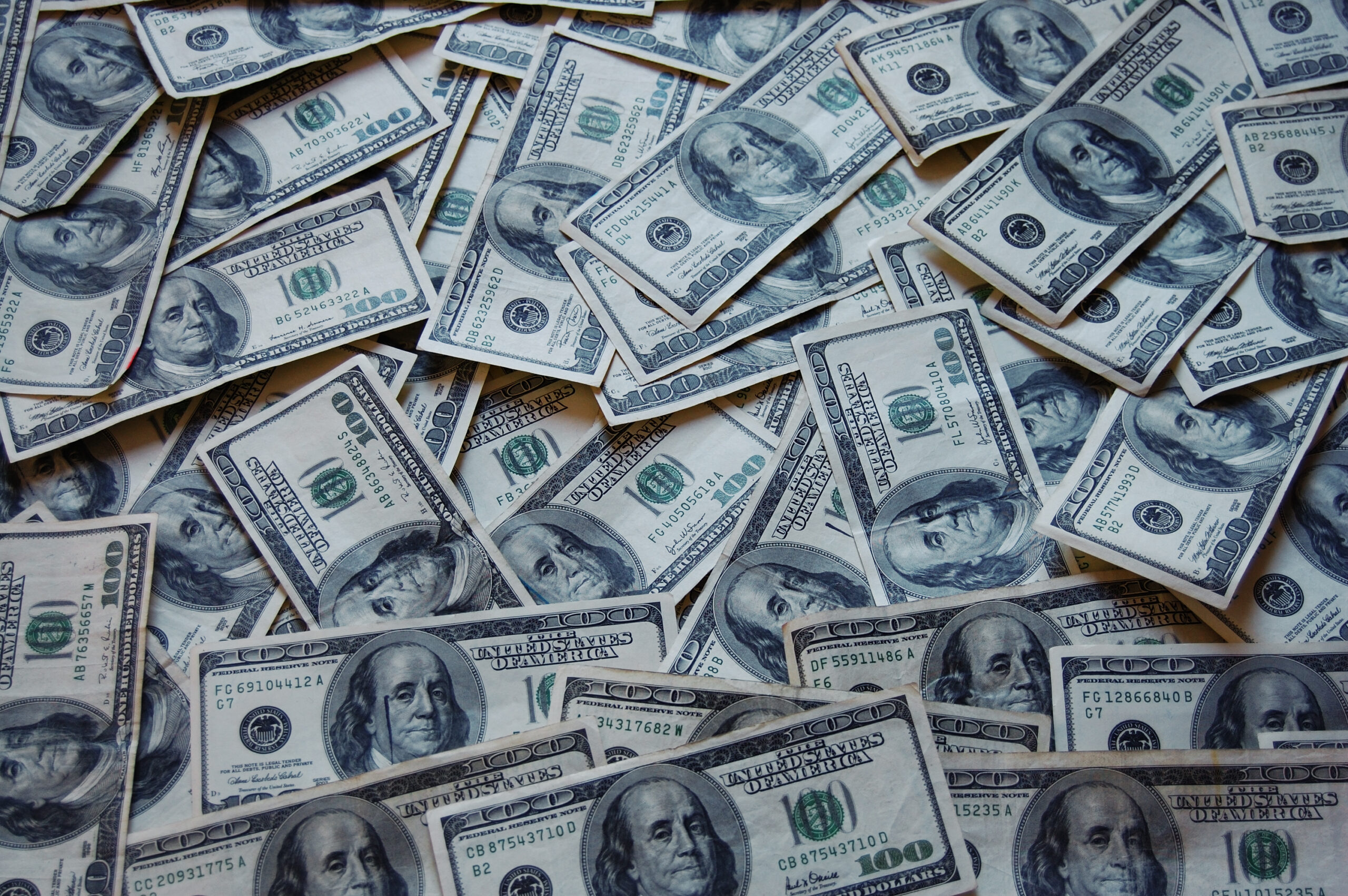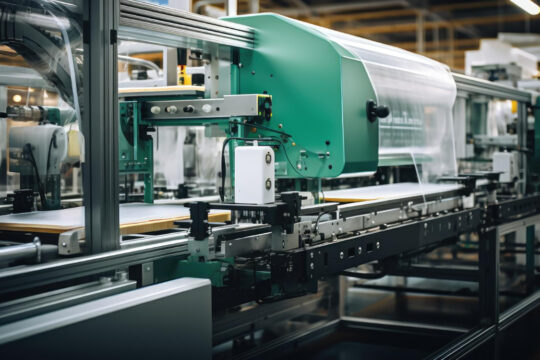Following the economic crisis related to mortgage sales the US Treasury have secured a $700 billion dollar bailout to get the country back on its feet again. President George.W.Bush has created the Troubled Asset Program (TARP) which looks set to buy troubled assets from banks. The funds for purchase of distressed assets were mostly redirected to inject capital into banks and other financial institutions while the Treasury continued to examine the usefulness of targeted asset purchases.

Of this 4$700 billion we are going to see $250 billion go directly to banks as many are treading water in the wake of the financial collapse.
Guaranteeing Debt
This move looks set to support banks as they look to survive the impending recession. The US Treasury is also helping to banks as they aim to be able to secure new debt across the next 3 years. Speaking on the deal financial expert Mike Shedlock had the following to say:
To stimulate lending, the bailout plan will attempt to recapitalize banks. The method of recapitalization is best described as robbing Taxpayer Pete to pay Wall Street Paul. In essence, money is taken from the poor (via taxes, printing, and weakening of the dollar) and given to the wealthy so the wealthy supposedly will have enough money to lend back (at interest) to those who have just been robbed.
Public Opinion
Whilst there is no American who will doubt the importance of this bailout, especially with regards to the smaller banks, it has not been received very well. After all it was the banks in the first instance who created this problem as they packaged up bad debt and sold it as a shiny new debt. Now taxpayers are having to foot the bill for the bank’s negligence or indeed its calculated failure. Banks will have to tread carefully going forward, especially when it comes to the big bonuses which so many taxpayers have urged that they stop.
Benefits
Because of the way in which this bailout is being given to banks, the taxpayers will in fact benefit if stock prices rise. The government will make money on interest for the bailout and they will also received warrants which will be 5 times the value of the stock price.
This is the first time that this has happened since 1917 when the government seized railroads and transport so that soldiers could move around more freely and it certainly helped from a defense point of view. Nonetheless this has never been done outside of war time and that just goes to show how big a gesture this is from the government, and the scale by which the banks messed up.
This looks set to be more expensive for the government moving forward, as the economy looks to recover from this enormous crash. As banks look to lend again, we will certainly see the economy get moving, the question is in which direction?



